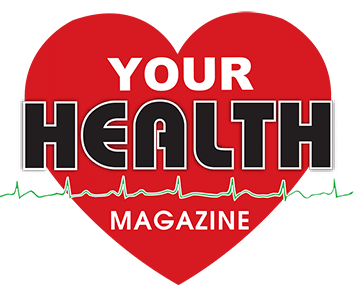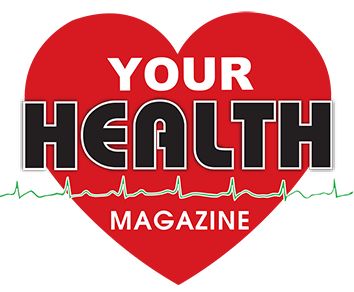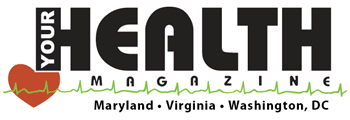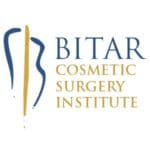
More Complementary & Integrative Healthcare Articles
Shortcomings Of Current Sleep Apnea Diagnosis
Obstructive sleep apnea is a symptom of structurally impaired breathing which is a 24-hour condition. Symptoms of this appear different while we are awake compared to while we are asleep. It is suggested that the common trigger is a survival signal to the body regarding crossing the danger threshold for oxygen supply for survival of cells.
In this case, the stress response is triggered, releasing stress hormones and the fight-or-flight response, which directly impacts muscles and muscle fibers to contract effecting muscle tone of the heart, blood vessels and those controlling respiration to increase heart rate, blood pressure and breathing rate to better move air in and out of the body. This also increases muscle tone to directly improve tongue position and posture in the throat to open the airway. Indirectly, head and total body posture impact this.
While awake, activity and posture, associated with stress, are manifestations of this. This does not appear to be researched or studied as much as when a person is asleep because these anatomical, physiological and biochemical relationships are “holistic” and not within the “screen of vision” limited to when one is asleep. As the saying goes, “Out of sight, out of mind”.
However, an article in Sleep Research published in December 2016, at least in revealing that there are conditions in the body, not revealed in the physiologic monitoring used to diagnose sleep apnea that are associated with “significant respiratory and heart rate changes” a significant part of the around-the-clock stress response.
The author of the study, Abdulghani Sankari, MD, PhD, pointed out that non-apneic (incomplete airway blockage) respiratory events (RE's) can currently be used as scoring criteria for a diagnosis of sleep apnea, if they are accompanied by a decrease of percentage of oxygen in the blood and changes in brain wave activity (cortical arousal) related to sleep.
His study was to determine whether these non-apneic respiratory events are associated with cardiac and respiratory consequences of sleep apnea, and, it did.
Cardiovascular consequences associated with sleep apnea are
- Hypertension
- Pulmonary Hypertension
- Ischemic Heart Disease
- Heart Failure
- Arrhythmias
- Snoring, even without a diagnosis of obstructive sleep apnea is dangerous. For this, oral appliance therapy is often the treatment of choice.

















